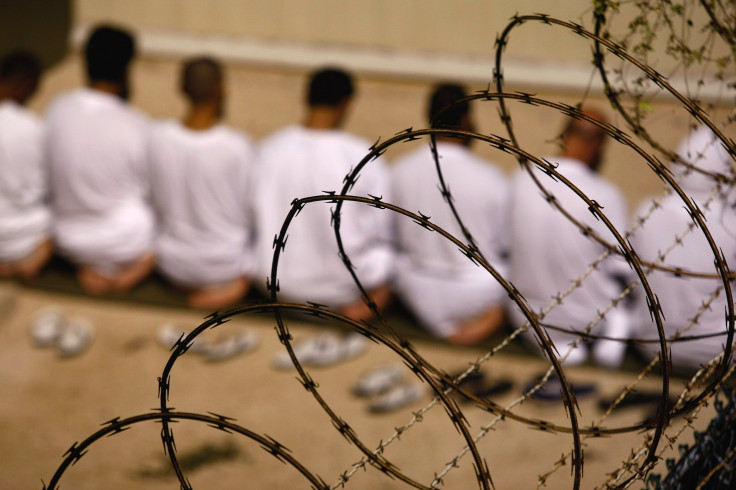CIA Torture Report Release: Who Authorized Torture And Other Facts To Look For From Senate Enhanced Interrogation Investigation

A long-awaited Senate report on torture was due to be released Tuesday after a five-year investigation into the CIA’s enhanced interrogation techniques and amid controversy that its release will spark terrorist attacks against American interests abroad. The report, which looked into CIA interrogation techniques under the George W. Bush administration, comes after an investigation by the Senate Intelligence Committee and wrangling between the committee, the CIA and the Obama administration over how to release the report. Here are six things to look for in and from the report:
1. What exactly did the CIA do to suspected terrorists? The report is expected to detail the “enhanced interrogation techniques” carried out by the CIA following the Sept. 11, 2001 attacks. The techniques, such as waterboarding, solitary confinement, sleep deprivation and the use of attack dogs, were used to extract information from suspected terrorists. The report is expected to say that these methods were torture.
2. Did enhanced interrogation work? There’s much debate about whether enhanced interrogation techniques are effective. Opponents say the methods lead to false information, while proponents say it’s useful and that the techniques helped the U.S. find and kill Osama bin Laden. That’s aside from the legal arguments that the methods constitute torture and go against the Geneva Conventions, or international rules that determine how countries can treat captives. The report is expected to get to the bottom of these issues.
3. Who authorized the enhanced interrogation techniques? The report is expected to say that Bush was misled about the enhanced interrogation techniques, including “the nature, extent and results” of the methods, the New York Times reported. Bush administration officials, including then-CIA Director George Tenet, have come out in support of the techniques. One of Tenet’s successors at the CIA while Bush was still in office, Michael Hayden, said the report is unfair in calling the methods torture.
4. Where did the torture take place? The report will likely describe so-called CIA “black sites,” or secret prisons located in other countries. Afghanistan, Thailand, Morocco, Poland, Macedonia, and Guantanamo Bay, Cuba, are among the countries with CIA black sites, according to PBS. Poland and Thailand have denied any knowledge of black sites in their countries, and the CIA originally denied operating black sites. It’s possible there are other countries we don’t know about that the report will mention.
5. Who carried out the torture? CIA operatives in charge of interrogations against suspected terrorists were the ones who did the waterboarding and other enhanced interrogation techniques, but it’s unlikely we’ll get to know who they are. The version of the report from Senate Intelligence Committee Chairwoman Dianne Feinstein, D-Calif., lists their pseudonyms, but the Obama administration asked that the fake names be redacted.
6. How does the report impact the president? Obama campaigned on closing Guantanamo Bay when he first ran in 2008, but the detention center remains open six years into his presidency. The report’s release may pressure the president into taking action. The president may also have to apologize, even though the torture didn't occur on his watch. He has already made a candid statement about the interrogation practices after the terrorist attacks of Sept. 11, 2001, saying last summer, “We tortured some folks.”
© Copyright IBTimes 2025. All rights reserved.






















